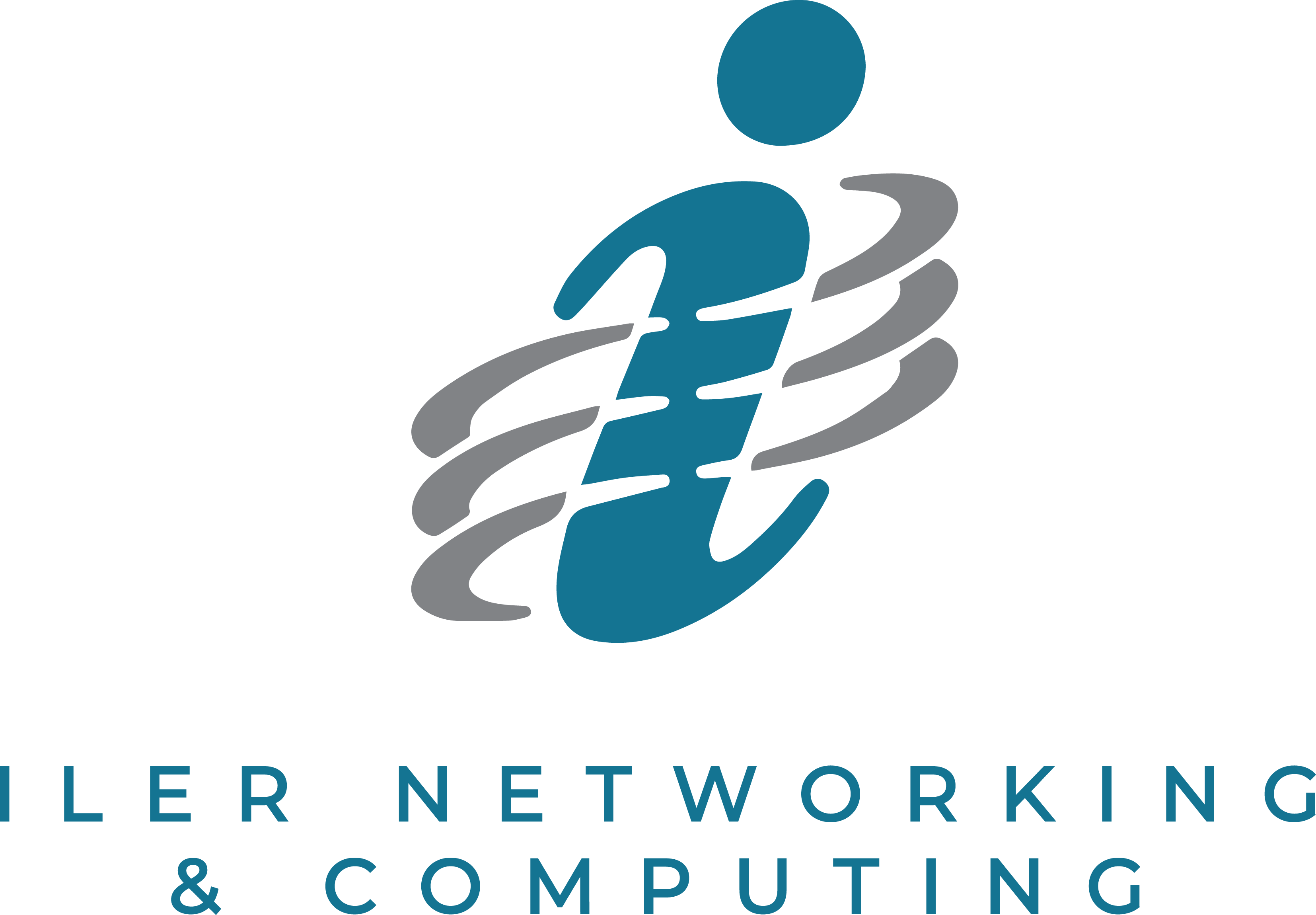 Software updates might seem like a hassle, especially when you’re juggling compliance, cybersecurity, and keeping your operations running smoothly. But skipping those updates? It’s like leaving the front door to your business wide open for hackers. Cybercriminals constantly search for vulnerabilities, and outdated software is often their easiest target.
Software updates might seem like a hassle, especially when you’re juggling compliance, cybersecurity, and keeping your operations running smoothly. But skipping those updates? It’s like leaving the front door to your business wide open for hackers. Cybercriminals constantly search for vulnerabilities, and outdated software is often their easiest target.
So, how do you know when it’s time to update, and should you trust your system to remind you? Here are five clear signs that it’s time to update and some tips to ensure your updates are handled safely.
1. Your Software is No Longer Supported
When a software provider stops releasing updates for your current version, it’s a glaring red flag. Unsupported software often contains known vulnerabilities that can be easily exploited by cybercriminals. Without regular patches, your business is exposed to increased risks, especially if you’re managing sensitive client information.
Pro Tip: Don’t wait for the software to crash or cause downtime. Plan your upgrades ahead of time to avoid disruptions and ensure full support throughout the transition.
2. Your System Performance Slows Down
A noticeable slowdown in your software’s performance could indicate it’s time for an update. Newer software versions are designed to run more efficiently, while older versions can become sluggish and buggy. This can lead to frustration, wasted time, and productivity loss for your team.
Pro Tip: If you notice slower performance, check for pending updates in the software settings or visit the provider’s website to download the latest version manually.
3. You Receive Security Alerts
Has your security software flagged vulnerabilities in an application you use? This is a clear sign your software is outdated and in need of an update. Cybercriminals love outdated software with known vulnerabilities, and ignoring those warnings could leave your business exposed.
Pro Tip: Use a trusted security solution that integrates with your software and alerts you when updates are needed. Always verify update notifications to avoid phishing scams or fraudulent links.
4. It’s Been More Than Six Months Since Your Last Update
If it’s been over six months since you last updated your software, you’re probably overdue. Many software providers release updates on a regular schedule to patch security flaws and enhance functionality.
Pro Tip: Don’t wait for the system to notify you. Set a regular reminder to check for updates, particularly for critical business tools like operating systems, cybersecurity solutions, and communication platforms.
5. New Features Are Announced
Updates aren’t always about security—they can also bring new features that improve functionality and efficiency. If you hear about new tools or features that you don’t currently have, it’s a sign you’re behind on updates.
Pro Tip: Stay connected with your software providers through blogs or newsletters to be informed of the latest updates and enhancements that could improve your business processes.
How to Update Safely
While staying up-to-date is essential for your business, it’s equally important to ensure updates are handled safely. Here’s how:
- Verify the Source: Always download updates directly from the provider’s official website or trusted app store. Avoid clicking on suspicious links or third-party sites.
- Back Up Your Data: Before running any major update, back up your critical data. This ensures that if something goes wrong during the process, you won’t lose important information.
- Restart Your Device: Once the update is complete, restart your system to ensure the new features and security patches are properly applied.
By staying proactive with software updates, you’re not only enhancing your system’s performance but also strengthening your business’s cybersecurity. Don’t wait until a breach or downtime happens—keep your software current and protect your business from unnecessary risks.
If managing software updates feels overwhelming, we’re here to help. Call us at 440-322-4537 or click here to schedule a consultation. Let us take the burden off your shoulders, so you can focus on running your business securely and efficiently.







